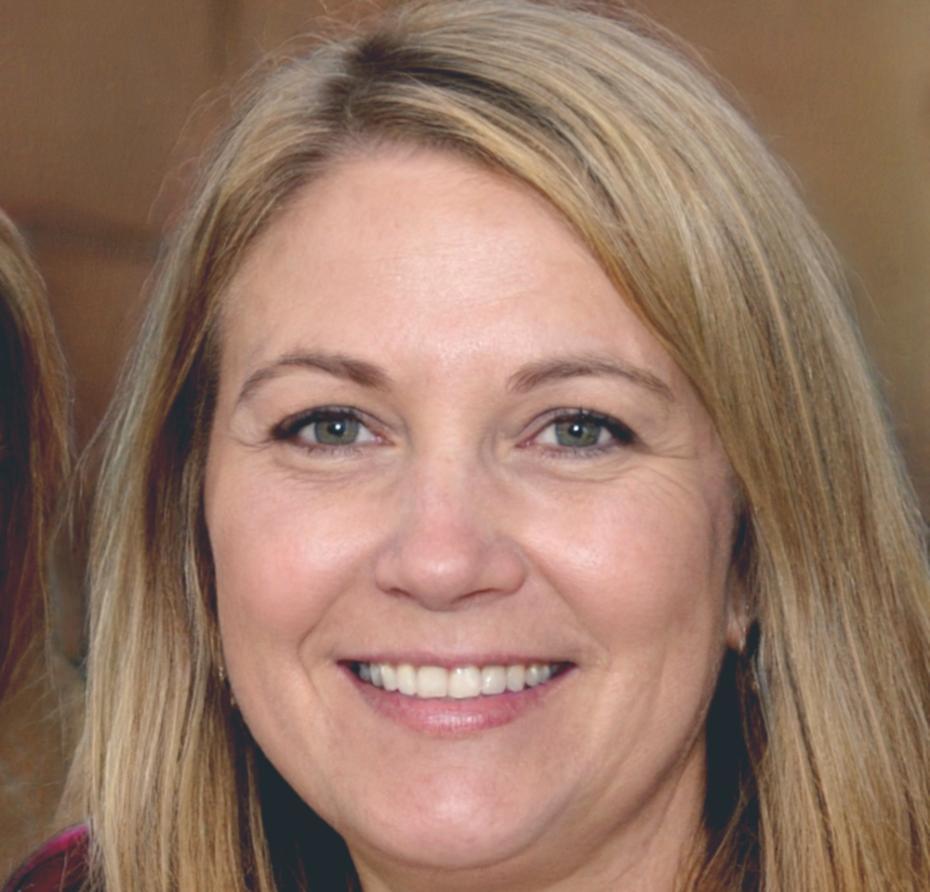Corporate Finance Learning Path
We built this program after working with analysts who kept running into the same roadblocks. Too much theory, not enough practical application. So we stripped it down and focused on what actually matters when you're sitting across from stakeholders trying to explain why your forecast model makes sense. It's about building confidence through repetition and real scenarios that mirror what happens in boardrooms and quarterly reviews.
How the Program Unfolds
We designed this as a progression, not a sprint. Each phase builds on the previous one, and the pacing gives you time to actually absorb the material before moving forward.
Foundations & Framework
Weeks 1-4We start with financial statement analysis because that's where everything begins. You'll work through real company data, identifying patterns and anomalies. No hypothetical examples—actual reports from companies operating in Latin American markets.
Valuation Methods
Weeks 5-9DCF models, comparable company analysis, precedent transactions. You'll build these from scratch multiple times until they become second nature. We also cover when each method works best and when it doesn't—something textbooks rarely mention.
Capital Structure Decisions
Weeks 10-14This is where it gets interesting. Debt versus equity, optimal capital mix, cost of capital calculations. You'll analyze real financing decisions and understand why companies make the choices they do, especially in volatile currency environments.
Strategic Application
Weeks 15-18The final phase ties everything together. You'll prepare board-level presentations, defend your assumptions, and learn how to communicate complex financial concepts to non-finance executives. This phase includes a capstone project based on an actual case study.
Learning With People Who've Done This Work
Our instructors aren't career academics. They've spent years in corporate finance roles at companies ranging from regional mid-caps to multinational corporations. When they explain why a particular approach works, they're drawing from actual experience.
You'll have regular check-ins throughout the program. Not just to review coursework, but to discuss how concepts apply to your specific situation and career goals. We keep cohorts small intentionally—around 18-20 participants—so everyone gets meaningful attention.

Rodrigo Ferreira
Corporate Finance DirectorTwelve years in treasury and capital planning. Rodrigo has managed restructuring projects for three different companies and now teaches the capital structure module.

Marina Volkova
FP&A LeadFormer investment banking analyst who moved into corporate planning. Marina brings a practical perspective on valuation methods and teaches our modeling workshops.
Flexible Learning That Fits Your Schedule
Most of our participants are working full-time. We get it—you can't drop everything for six months of intensive study. That's why we've structured the program with multiple access points and flexible pacing options.
Evening Sessions
Live online classes every Tuesday and Thursday, 7-9 PM Argentina time. We record everything, so if you miss a session or need to review material, you can catch up on your own schedule. Sessions are interactive—expect discussions, not lectures.
18-week programWeekend Intensive
Prefer concentrated learning? This format covers the same material through Saturday morning sessions (9 AM-1 PM) over six months. Good option if weeknight commitments make the evening format challenging.
24-week programSelf-Paced Track
All course materials, recordings, and assignments available on-demand. You set your own timeline, though we recommend completing within nine months to maintain momentum. Includes monthly office hours with instructors for questions and guidance.
Up to 36 weeksHybrid Approach
Combines recorded lessons with bi-weekly live workshops. Watch content on your schedule, then join group sessions for case study work and discussions. This format attracts people who want flexibility but also value collaborative learning.
20-week program
Skills You'll Actually Use
By the end of this program, you'll have a portfolio of work that demonstrates capability. Not certificates or badges—actual financial models, valuation reports, and presentation decks that show what you can do. Several past participants have used their capstone projects in job interviews.
Financial Modeling
Build three-statement models and DCF valuations from scratch. You'll know how to structure assumptions, test scenarios, and present findings clearly.
Strategic Communication
Explain complex financial concepts to executives who don't live in spreadsheets. This skill matters more than most people realize.
Risk Assessment
Identify financial risks and quantify their potential impact. Understand leverage, liquidity, and operational exposure in practical terms.
Capital Planning
Evaluate financing options and recommend capital structure decisions. Know when to advocate for debt versus equity and why.